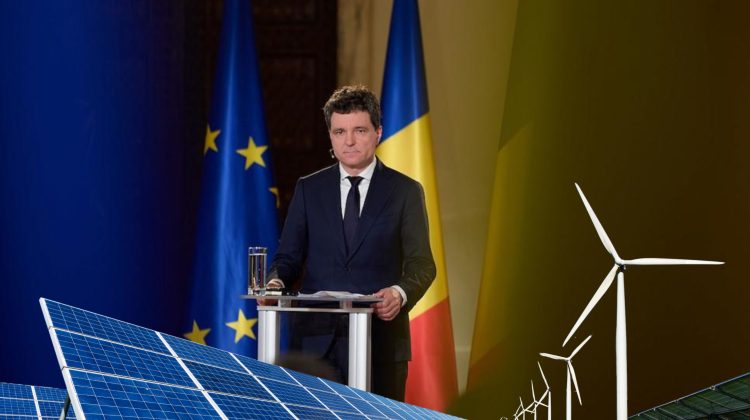The election of Nicușor Dan as Romania’s new president, confirmed on May 18, 2025, signals a clear direction for the country’s renewable energy future. With 54% of the vote, Dan not only defeated the ultranationalist George Simion but also reaffirmed Romania’s commitment to pro-European energy policies, critical for advancing solar and energy storage projects, according to industry sources.
“This victory provides the predictability we need to structure and finance new projects,” says Radu Eremciuc, Business Investor in PV and BESS Storage, in a conversation with Strategic Energy Europe.
Eremciuc emphasizes that Romania’s continued alignment with the EU ensures access to key financial mechanisms, including the €1.4 billion Modernization Fund and the €855 million National Recovery and Resilience Plan (PNRR) dedicated to renewables and energy storage.
“As a developer actively involved in large-scale solar and storage projects in Romania, I view Dan’s election as a clear signal of policy continuity and alignment with Europe’s long-term energy transition goals. The renewable project pipeline heavily relies on EU financing instruments,” he adds.
Favorable Conditions for Bankable Projects, Less Room for Speculation
Dan’s stated focus on fiscal sustainability, according to Eremciuc, will “favor serious projects backed by proper grid studies, valid permits, and strong community integration.” This approach is expected to prioritize developments supported by European funding while sidelining speculative initiatives lacking solid technical foundations.
Infrastructure, however, remains the sector’s primary challenge. “The main bottleneck is still grid congestion and a lack of transparency in permitting processes,” Eremciuc warns.
Even so, there is optimism that Dan’s technocratic approach, supported by Brussels, will help unlock these barriers through closer coordination with ANRE, Romania’s energy regulatory authority, and Transelectrica, the national grid operator.
A Risky Shift Avoided
Had George Simion won the presidency, Eremciuc believes the outlook for renewables would have been far less favorable. Simion’s euroscepticism and focus on fossil fuel independence could have created significant uncertainty.
“We would have faced less predictability, greater financing difficulties, and a tougher regulatory environment,” he says—conditions that would have severely impacted the viability of solar and storage projects dependent on EU-aligned policies and support schemes.
Romania: A Market Full of Untapped Potential
Today, Romania already generates over 40% of its electricity from renewable sources and has set an ambitious target to reach 36.2% renewable energy consumption by 2030, requiring the addition of 11.9 GW of new capacity.
“The key lies in hybrid projects, combining solar generation with storage (PV + BESS), which help stabilize the grid and meet peak demand,” Eremciuc explains. However, he cautions that without significant upgrades to the transmission infrastructure and faster regulatory processes, this potential could remain unrealized.
Towards a Stable and Predictable Renewable Market
The election of a pro-European leader brings relief to the market. “Under Nicușor Dan’s leadership, we expect a stable and predictable policy framework, with improved coordination between ANRE, Transelectrica, and regional authorities—essential to attract long-term investments in clean technologies,” Eremciuc notes.
He adds that particular attention will likely be given to advancing hybrid solar and storage projects, which are critical for grid stability and shifting energy supply to peak consumption hours.
While the sector awaits concrete policy announcements, the path forward appears clear: a stronger push for renewables, greater digitalization, and accelerated decarbonization—all backed by substantial European funding mechanisms.































